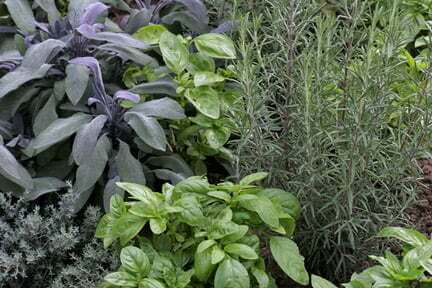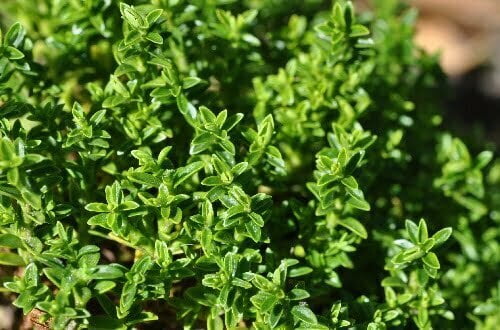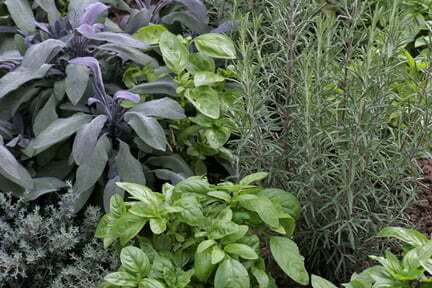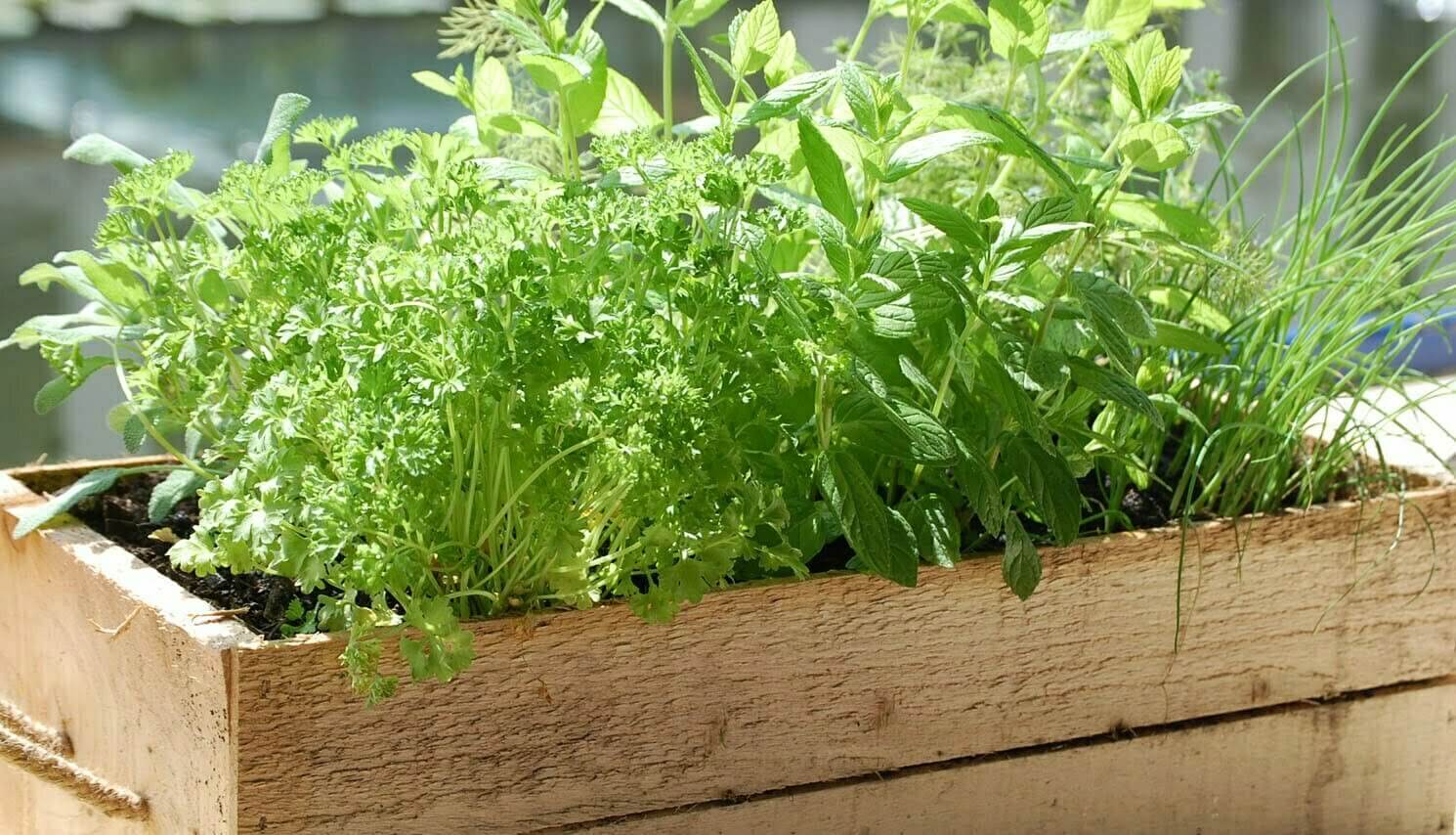GROWING HERBS:
Evergreen herbs may not catch your eye at the local garden centre like Inca lilies or roses, but on the plus side they’re undemanding, easy to grow and great value for money.
HERBS AT A GLANCE:
- Positioning Herbs: Full sun to semi-shade. They tolerate most soil types and good drainage is essential.
- When to plant Herbs: All year-round. Spring and summer planting gives them time to put down roots before winter.
- Watering Herbs: They have moderate water needs; relatively drought-tolerant, they enjoy being given extra water in summer.
- When do Herbs flower: Flowering can occur all year round, peaking in late spring and summer, and continuing into autumn.
- Herb sizes: From 30cm–1,5m high.
- Frost tolerance of Herbs: This varies from plant to plant.
WHY PLANT HERBS?
- They’re neat, compact and low maintenance.
- They’re generous with their flower spikes which come in shades of blue, pink, lilac, purple and white.
- Butterflies love them.
- The textures, as well as the colours of their leaves, bring year-round interest to the garden; some also add a great structural element.
- They make stylish container plants.
- They vary in size and many are perfect for small gardens.
TIPS WHEN GROWING HERBS
Herbs are easy-to-care-for, low-maintenance plants. They grow better in cooler regions, disliking the high humidity of the subtropics. Feed them with slow-release fertilisers like (3:1:5) in spring and summer.
Herbs flower on new wood so trim them back after flowering. Not only will this keep them neat and compact, but you may even get another flush of flowers. If the plants are leggy, cut them back by a third. Plants needing to be rejuvenated can be cut back hard in stages to encourage sprouting from old wood.
They’re simple to propagate: take semi-hardwood, non-flowering cuttings or heel cuttings in summer just below a leaf node; remove the lower leaves, dip the cut end in hormone-rooting powder and plant in a mix of compost and coarse sand.
GOOD HERB CHOICES FOR ATTRACTIVE FOLIAGE
In the past Herbs were grown mainly for their abundant flowers, but now their appealing foliage is attracting more attention.
LARGER-LEAFED HERBS: Among those Herbs with oval to lance-shaped foliage are some with variegated cream and green leaves such as Hebe ‘Andersonii Variegata’ and H. x franciscana ‘Variegata’. Some have leaves flushed with red, pink and purple. This includes the Hollywood series that comprises a mix of new and renamed cultivars; some of these, like ‘Jewel of the Nile’, ‘Marilyn Monroe’ and ‘Orphan Annie’, also have attractive flowers.
GREY-LEAFED HERBS: like H. pinguifolia ‘Pagei’ and H. topiaria grow better in dry areas and where drainage is very good. Group them together in a gravel garden, mix and match them with ornamental grasses or use them as a counterpoint to colourful plants like the plum-coloured berberis.
SMALLER-LEAFED SPECIES: These are neat, compact and have leaves with fascinating textures, like the whipcord or scaly leafed Herbs which have conifer-like foliage. The new releases include H. ‘Gold Nugget’, H. odora ‘Nana’, H. ‘Emerald Green’ syn. ‘Green Globe’ and H. odora ‘New Zealand’. They can be used as a focal point, substituted for small conifers and look particularly good in modern gardens. Plant them en masse, as an edging for beds, in patio containers and to complement other foliage plants.
DID YOU KNOW?
Herbs, which are named after Hebe the Greek goddess of youth, are sometimes mistakenly referred to as veronicas as they were once regarded as part of the Veronica family. There are over 90 species, most being native to New Zealand.
Credits: text and photographs Marianne Alexander







